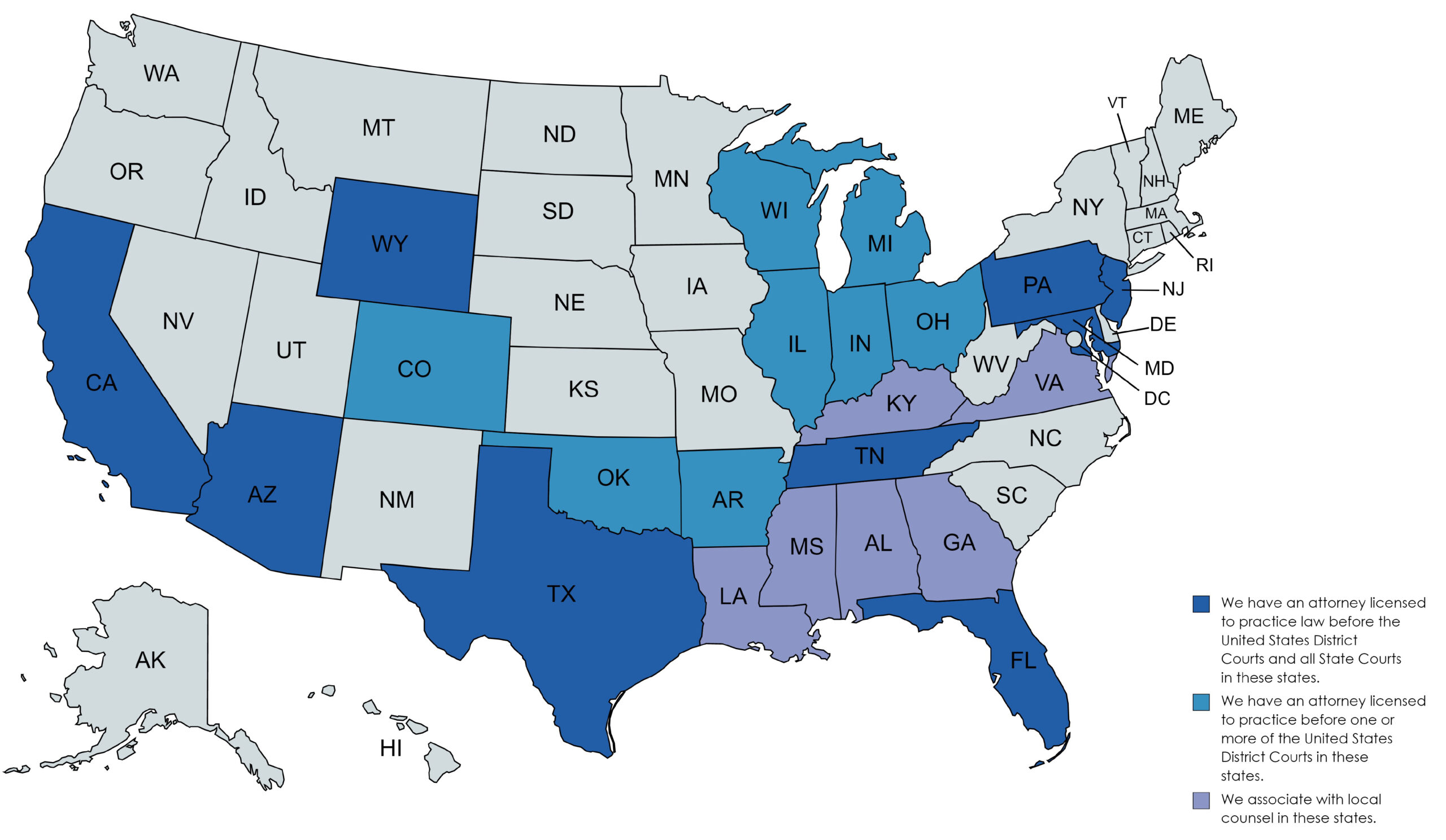Estate Planning
Roadmap
Free Consultation Available
Below is a practical, step-by-step roadmap you can use when planning for life’s final chapter.
1. Core Estate-Planning Documents
| Document | Why It Matters | Action Items |
|---|---|---|
| Last Will & Testament | Directs who inherits probate assets, names guardians for minor children, and appoints an executor. | • Draft or update; make sure new assets and beneficiaries are included. • Store the original in a fire-safe box and give copies to the executor. |
| Revocable Living Trust (optional) | Avoids probate, keeps distributions private, and provides continuity if you’re incapacitated. | • Retitle (“fund”) major assets into the trust. • Sign a pour-over will to catch anything left outside. |
| Financial Power of Attorney (POA) | Lets a trusted agent handle banking, taxes, and contracts if you can’t. | • Decide if you want it effective immediately or only upon incapacity. • Provide banks a copy in advance so they’ll honor it quickly. |
| Health Care Power of Attorney (HCPOA) | Names a medical decision-maker when you can’t speak. | • Discuss values with your agent; include alternates. • Give copies to doctors and upload to any patient portal. |
| Living Will / Advance Directive | States which life-support measures you do or don’t want. | • Clarify wishes on CPR, ventilation, feeding tubes, dialysis, pain meds. • Review every 3–5 years. |
2. Medical & End-of-Life Care
Physician Orders (POLST / MOLST) – Doctor-signed orders that paramedics and hospitals follow immediately.
Do-Not-Resuscitate (DNR) – Post the official form near your bed if you’re at home.
HIPAA Release – Lets family access medical records and speak with physicians.
Long-Term-Care Plan – Decide: stay at home with aides, move to assisted living, or skilled nursing? Tour facilities in advance.
Medication & Allergy List – Keep an updated list in your wallet and phone.
3. Financial Readiness
Beneficiary Designations – Check retirement accounts, life insurance, HSAs: the form—not your will—controls who gets the money.
Pay-on-Death (POD) / Transfer-on-Death (TOD) Titles – Add to bank, brokerage, and even vehicle titles to bypass probate.
Cash Reserve for Final Expenses – Earmark a liquid account for funeral costs and last bills so heirs aren’t scrambling.
Budget for Caregiving – Price in-home aides, adult-day programs, or facility fees; adjust investments or insurance accordingly.
Organize Debts & Subscriptions – Create a list of credit cards, loans, utilities, and recurring online services for the executor to cancel.
4. Digital Legacy
| Asset | Next Step |
|---|---|
| Email & Cloud Storage | Use Google/Apple “legacy contact” or name your executor. |
| Social Media | Set memorialization or deletion preferences (e.g., Facebook Legacy Contact). |
| Cryptocurrency | Secure private keys in a hardware wallet or encrypted file; provide retrieval instructions. |
| Online Photos & Videos | Back up to an external drive; give a copy to family. |
5. Personal Legacy & Family Harmony
Ethical Will / Legacy Letter – A non-legal document sharing values, stories, and hopes for heirs.
Video Messages – Record greetings or life advice for milestone events (graduations, weddings).
Family Meeting – Explain the plan, who’s in charge, and where documents are stored to reduce surprises and disputes.
List of Heirlooms – Note sentimental items and their intended recipients to avoid future arguments.
6. Funeral & Body Disposition
Disposition Choice – Burial, cremation, green burial, donation to science?
Pre-Paid or “Pre-Need” Contract – Locks in today’s prices and spares loved ones tough decisions.
Obituary Draft & Photo – Write key details now; save a preferred photo in a labeled folder.
Service Preferences – Music, readings, clergy, military honors, charitable gifts in lieu of flowers.
7. Insurance & Benefits Check
Life Insurance – Confirm policy amounts, beneficiaries, and premium schedule.
Long-Term-Care Coverage – Know the elimination period, daily benefit, and what triggers eligibility.
Social Security & Veterans Benefits – Note survivor benefits and burial allowances.
Employer Plans – Collect info on final paychecks, stock options, or deferred comp.
8. Key People & Document Hub
| Role | Name & Contact | Backup? |
|---|---|---|
| Executor / Trustee | ||
| Financial POA | ||
| Health-Care Agent | ||
| Accountant / Tax Preparer | ||
| Financial Advisor | ||
| Funeral Home |
Document Storage Tips
Fire-resistant box at home + encrypted cloud folder.
Give originals of POAs and advance directives to named agents.
Place a one-page “location sheet” on the fridge or inside a desk drawer directing loved ones where to find the full binder.
9. Regular Maintenance
Review Schedule: every 3–5 years or after marriage, divorce, birth, adoption, major move, or large asset change.
Document Log: keep a “change history” page noting revisions and dates.
Professional Check-In: meet with your attorney, CPA, and financial planner together when possible to ensure strategies align.
10. Emotional & Spiritual Well-Being
Advance Mental-Health Directive – Outline your preferences for psychiatric care, counseling, or spiritual support.
Bucket-List Planning – Identify experiences or reconnections you’d regret leaving undone.
Grief Guide for Loved Ones – Suggest support groups or counseling resources for family
Charitable Legacy – Plan gifts to causes you care about, whether through donor-advised funds, bequests, or charitable trusts.
Final Thought
Preparing for end-of-life isn’t a single task—it’s an evolving process that blends legal precision with personal meaning. Start early, break the checklist into manageable pieces, and revisit it as life changes. Your future self—and your loved ones—will thank you.



